

Damion Smy
Ford Everest Tremor gets 260kW V6 ‘Ranger Raptor’ treatment
2 Hours Ago
If you're in the market for your first car, there's a lot to consider. Here are some handy hints to make that first purchase go smoothly.

Senior Journalist
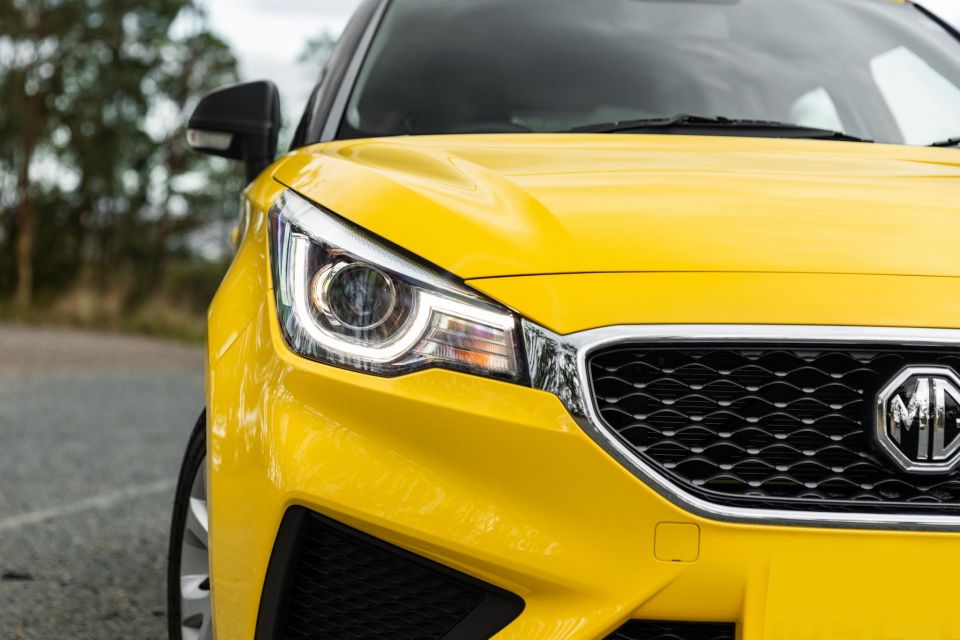

Senior Journalist
Buying your first car is a life-changing moment. It brings freedom and responsibility in equal amounts.
It’s also a graduation from bicycles, scooters and public transport – and walking – and opens a path to new possibilities.
Finding the right car at the right price is not easy, making it another test for a successful graduation – usually at the end of high school, or university, or moving out of home.
But it is exciting, can be fun, and is also a chance for bonding with family and friends.
A first car will never be perfect but it can easily feel that way on your first solo adventure.
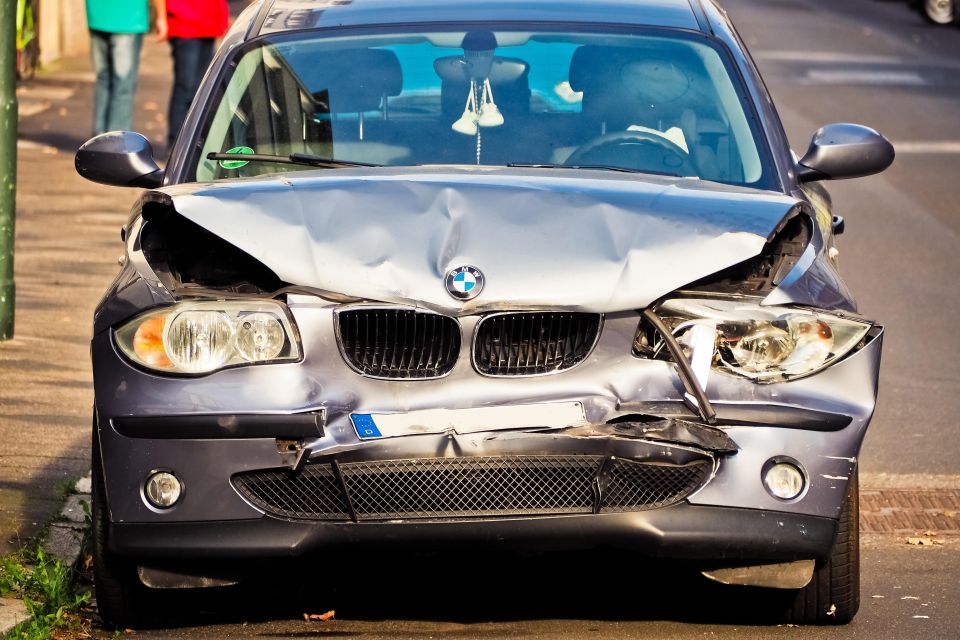
Everyone crashes their first car. It happens.
It could be a minor scratch or scrape in the driveway or a carpark, or a full-scale disaster, but it’s important to plan for the chance that you will hit some early potholes on your motoring adventure.
It could be a simple scratch, but it could also be a major mechanical disaster.
So hope for the best, but plan properly to ensure the best possible start to your life with cars. That’s why safety should be the top priority for any first-car purchase.
But it’s not just about a five-star ANCAP score. They can be very misleading if you don’t know when the car was rated and the safety standards at the time, and only apply to new and near-new cars.
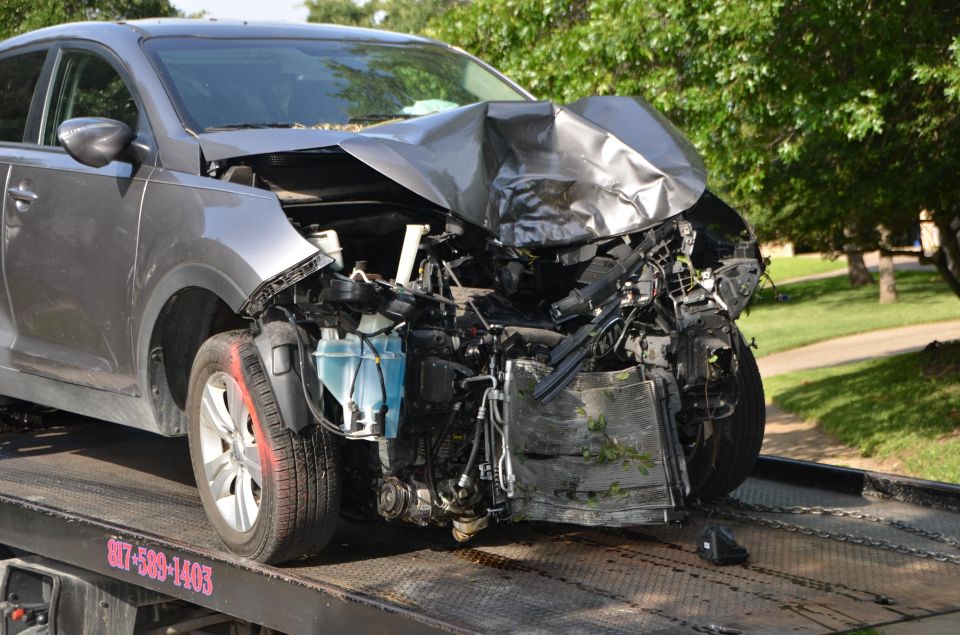
It’s far better to look at the real-world crash ratings compiled by the Monash University Accident Research Centre.
Very few first-timers are shopping with a big budget in a new-car showroom, so it’s about getting the best result – even if it’s something as simple as tyres with good tread on a secondhand car – whatever you have to spend.
There is one essential purchase, too, before you even think about that first car: proper driver training.
Things will go wrong and getting real education is a way to avoid a drama, or minimise any impact from a mistake – yours or someone else.
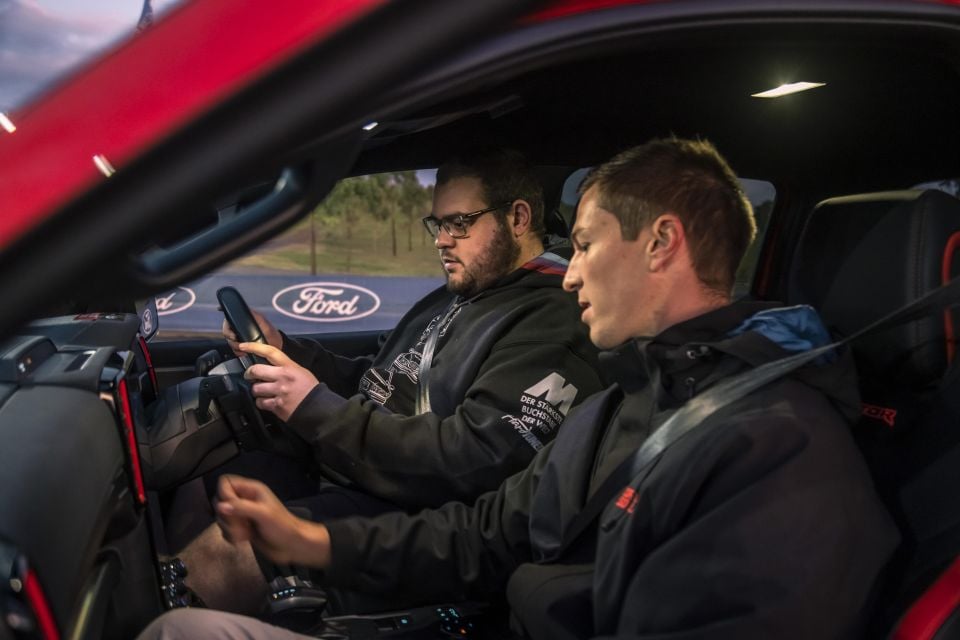
This isn’t about passing the driving test. That’s the easy part.
The hard part is learning the correct seating position, how to hold the steering wheel and the importance of looking well down the road – not just to the end of the bonnet – to identify the signs of an developing drama.
Three good places to start are Murcotts Driving Excellence in Melbourne, Driving Solutions in Sydney, and the Norwell Motorplex on the Gold Coast in Queensland.
If you don’t know what to do in a panic stop, or you’ve never felt the anti-lock braking system (ABS) in action, or you feel apprehensive when the road gets wet, then you definitely need to get some safety training.
MORE: The worst mistakes we make with young drivers

Buying a car usually starts with a budget and a list of ‘must have’ items.
First time around, it’s more basic. You won’t know what you don’t know.
So it’s best to talk to family and friends, look at the cars they drive and why they drive them, and what they cost – not just to buy, but also to run.
Something from a classy European brand might look and sound great – even with a bargain-basement price – until you hear it needs super-expensive 98-octane unleaded fuel. Then there’s the price of a regular service and parts to consider, as well as insurance.
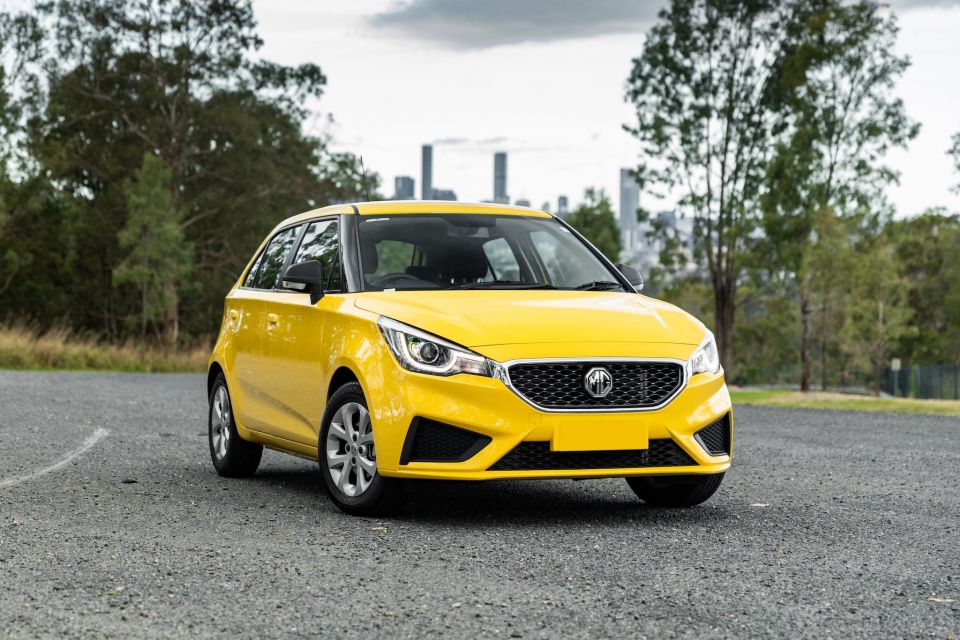
If you can, drive a few cars. Good ones and bad ones, cheap ones and a costly one.
The ‘pre-buy’ is about setting your wants and needs, as well as your ambitions, then measuring all the inputs against what you can afford.
Even the shortest test drive can highlight important things – are you comfortable at the wheel, can you cope with a manual or do you need an automatic, is there enough boot space?
Many P-platers buying their first car have been spoiled by their parents’ cars. They are bigger, newer, nicer, and the only short-term cost is petrol.
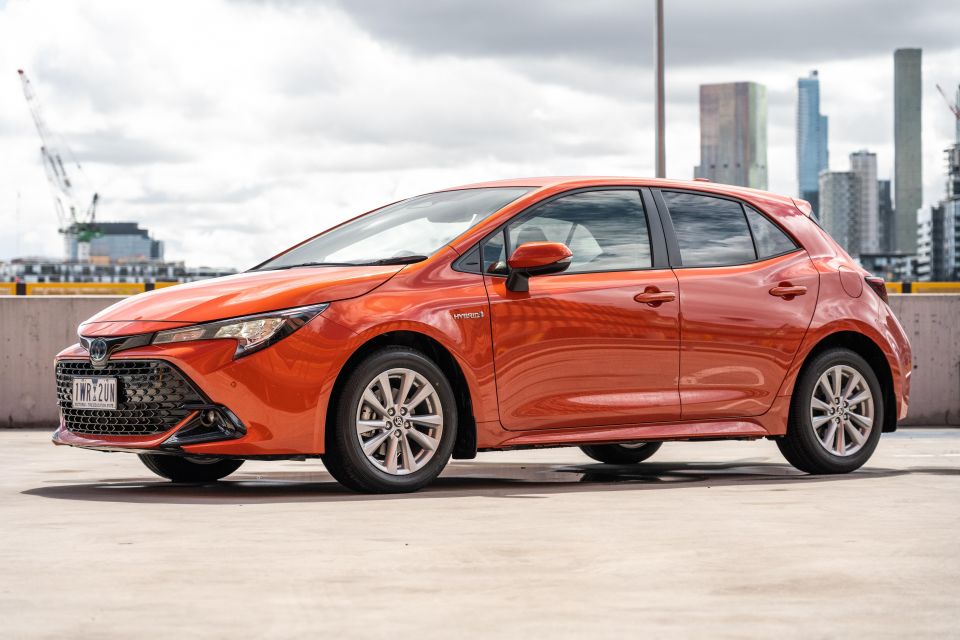
So keep your target in sharp focus. And one more thing – avoid a Toyota.
Why? Because anything with a T badge is going to cost more.
Toyota has been the dominant brand in Australia for a very long time, and for very good reason, but things have changed dramatically in the past 10 years.
The South Korean contenders, Kia and Hyundai, actually produce better cars in many categories and the other Japanese brands – Nissan, Mitsubishi and Suzuki for a start – have vehicles which do almost as well as an equivalent Toyota for a lot less money.
On the secondhand scene, where the Toyota Corolla has always been the gold standard, the price premium for a Toyota badge is even more obvious.
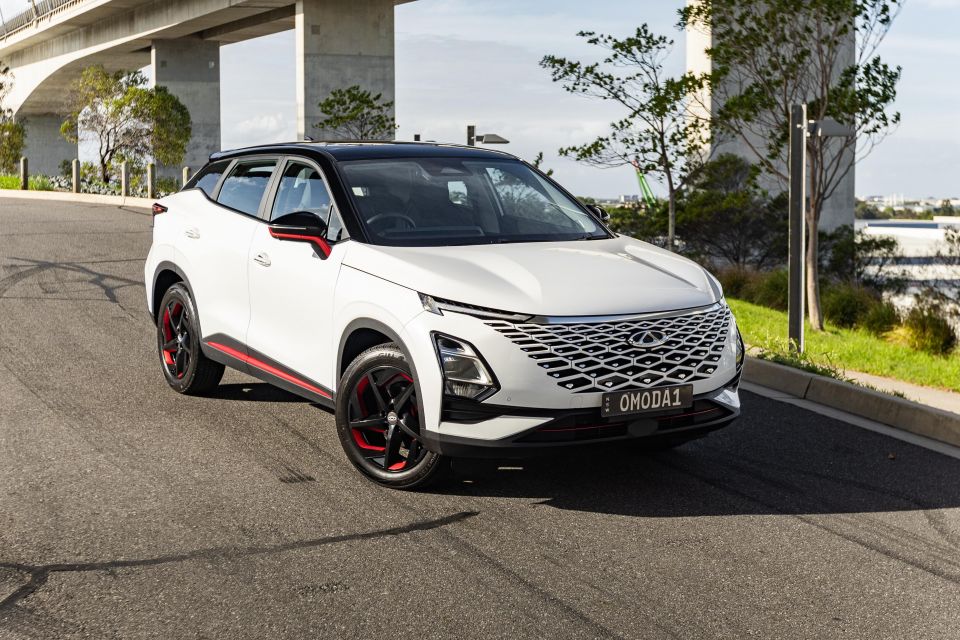
The sales ratio for secondhand against showroom fresh in Australia is about seven-to-one. So, with just over one million brand-new vehicles hitting the roads each year, around seven million used cars change hands.
That’s a lot of cars and a lot of opportunities, but there are also many more chances to make a mistake.
If you’ve been saving well, or can rely on the Bank of Mum and Dad, then a new car makes plenty of sense. It comes with a new-car warranty, nothing is likely to go badly wrong in the early years, and nothing beats that ’new car smell’ in the dealership.
The newest cars also come with the latest technology, for safety, fuel economy and technology. But be aware…
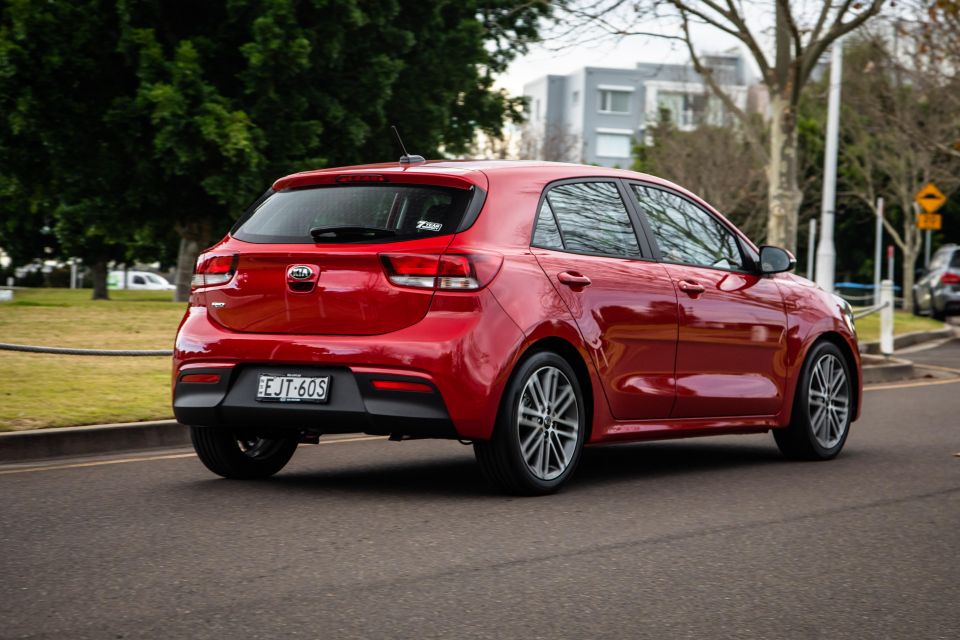
The best new-car value is usually in the mid-range models, which get more equipment without the fripperies – sunroof, anyone? – of a flagship car.
A super-long warranty is often used as ‘permission to buy’ for low-grade cars and brands new to Australia. Would you pick it without the warranty?
Something that looks flashy in the showroom might not drive well. Never buy without a comprehensive test drive.
A secondhand car can be great value, since someone else has taken the first big hit on depreciation, but there is a sweet spot on value.
Too new and you’ll still be paying plenty, too old and you’re into the unknown area on reliability and repairs.
The best advice is to get the newest car you can afford, while keeping the kilometres below 160,000.
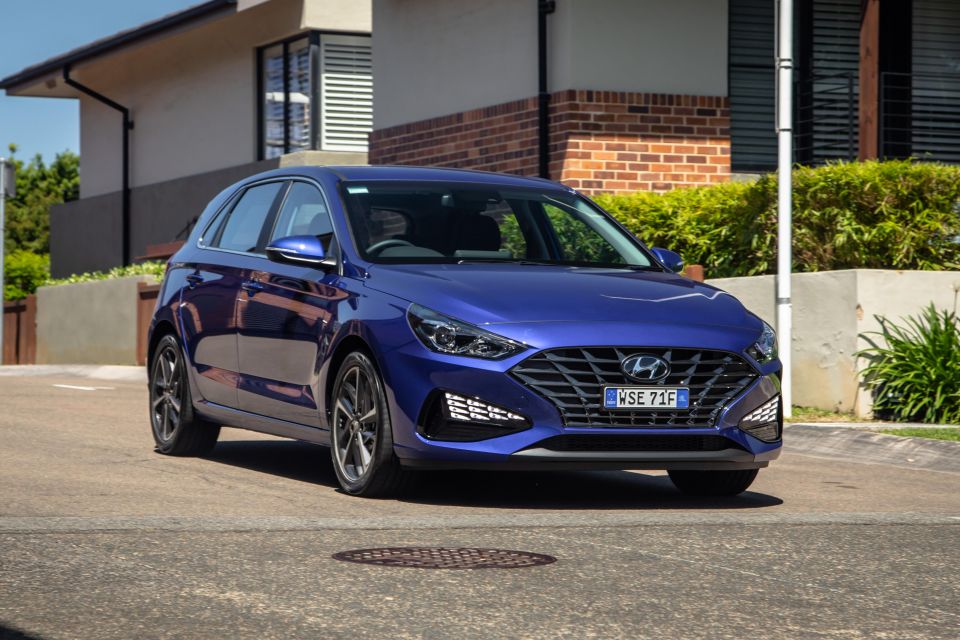
The Toyota Corolla has been the benchmark for first-car buyers since the 1970s. It was solid, sensible, reliable and – if you could afford it – the air-conditioning was brilliant.
Now, moving deeply into the 21st century, a Kia Cerato or a Hyundai i30 is a smarter first-car buy. They are just as good, better value and have a longer warranty, though only the i30 can match the Corolla with the availability of a hybrid.
The Corolla also set the pattern for first-timers getting into compact hatchbacks.
But the world has changed and everyone wants an SUV – even at the bottom end of the car business – while only two cars, the MG 3 and Kia Picanto, are still below $20,000.
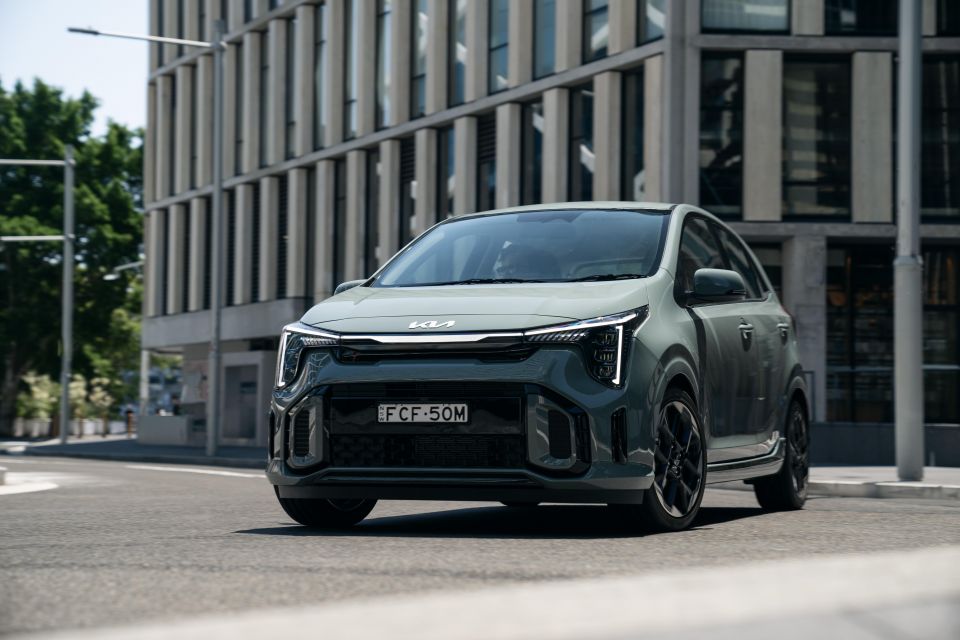
So, what do you really need in a first car? How many people will be riding with you, how far is a typical trip, do you have sports toys to bring along, do you have a dog?
That will give you the basic size. Then pick the most fuel-efficient engine you can afford.
For tradies, think hard about a first work vehicle. Look at people who do what you do, and what they drive. It could be a one-tonne pick-up, but it might also be a small van or even an older Ford Falcon ute in good condition.
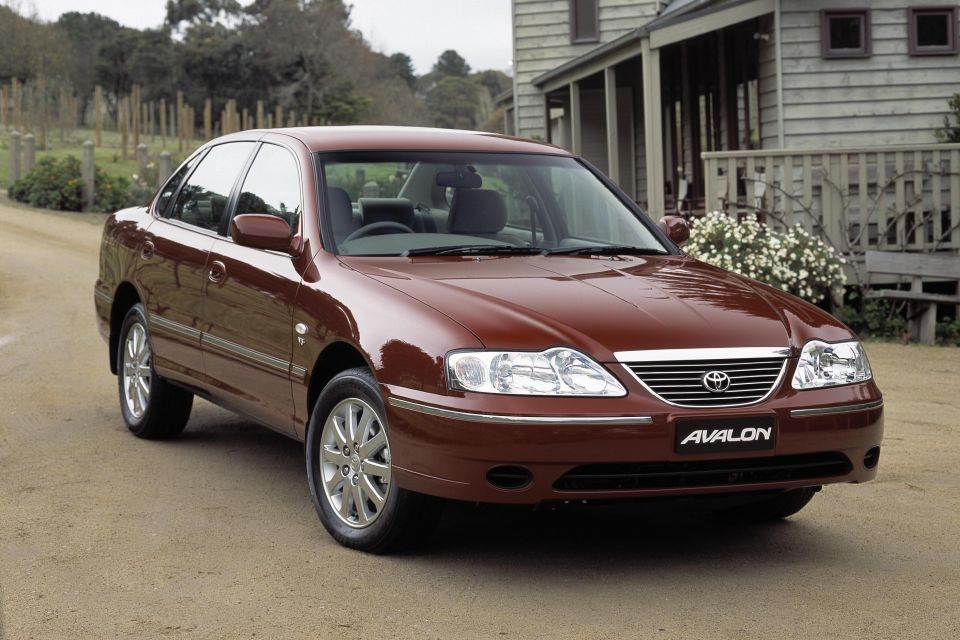
Forget the car and look at yourself. Do you have mechanical ability, do you enjoy driving, do you know how to change a spare tyre – because many youngsters do not.
These are the things that should influence what you pick and, more importantly, how you live with it.
If you’re a car klutz then pick something sensible with a good reputation, even if it means paying more, and getting a rock-solid motor club membership with roadside assistance. They will know how to change a tyre…
And you might even find a good-value Toyota from a family friend.
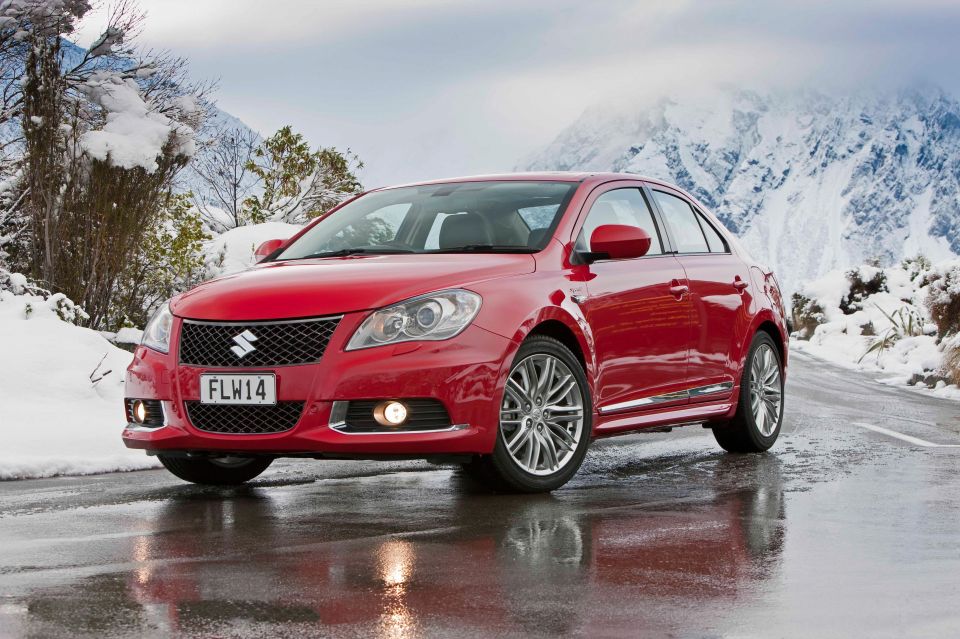
If you have a good idea about cars, and you have friends with experience, you can be way in front. It’s much easier to pick the faults in a car if you know how and where to look. And then you can haggle on the price…
Even a new-car choice is easier if you have friends or family to keep you focussed, ask questions and point out any potential hazards.
Buying a car can be a great family adventure, and one of them – or a friend – could have exactly what you need.
But, and it’s a very big ‘but’, never assume anything. Always check for faults, always investigate the financial history of a secondhand vehicle, and always look for a bargain.
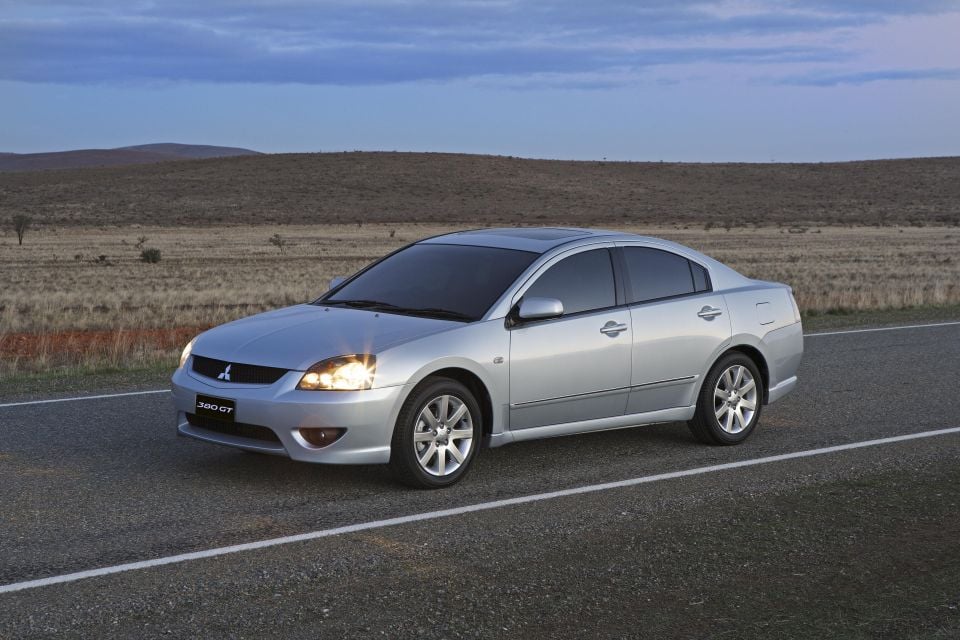
The Mitsubishi 380 is an underrated secondhand gem.
The locally made family sedan was never popular when it was new, which means the survivor cars have often been treated very well. Think of it as an ugly Toyota Camry. That makes it a very good buy.
There are cars with a questionable history, like the Volkswagen Golf with the troublesome early DSG gearbox, which can also be a good buy. Find one with the good gearbox and then haggle about the car’s reputation.
A Skoda is a Volkswagen from the Czech Republic, so they can be great value. They are new and used-car stars, and anyone who wants the cabin space of an old Holden Commodore or Ford Falcon should definitely go looking for a Skoda Superb.
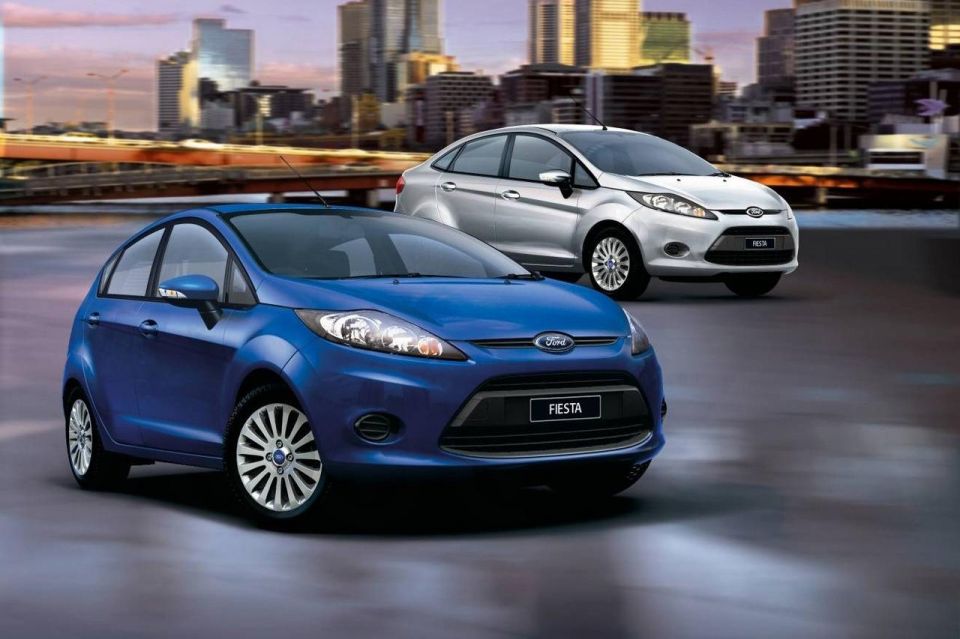
Small European cars can be a trap but, equally, they can be a good value choice. Research the history, look closely at prices against something obvious – a Toyota Corolla – and find an expert garage who can help on the service side.
If you want something with the fun factor, there are many gems. The Ford Fiesta and Focus have both been withdrawn from Australia, but are an enjoyable drive, a good size, and quite affordable – just avoid ones with the troublesome Powershift automatic transmission.
Keep looking, keep thinking, and you’ll be surprised what you can find.
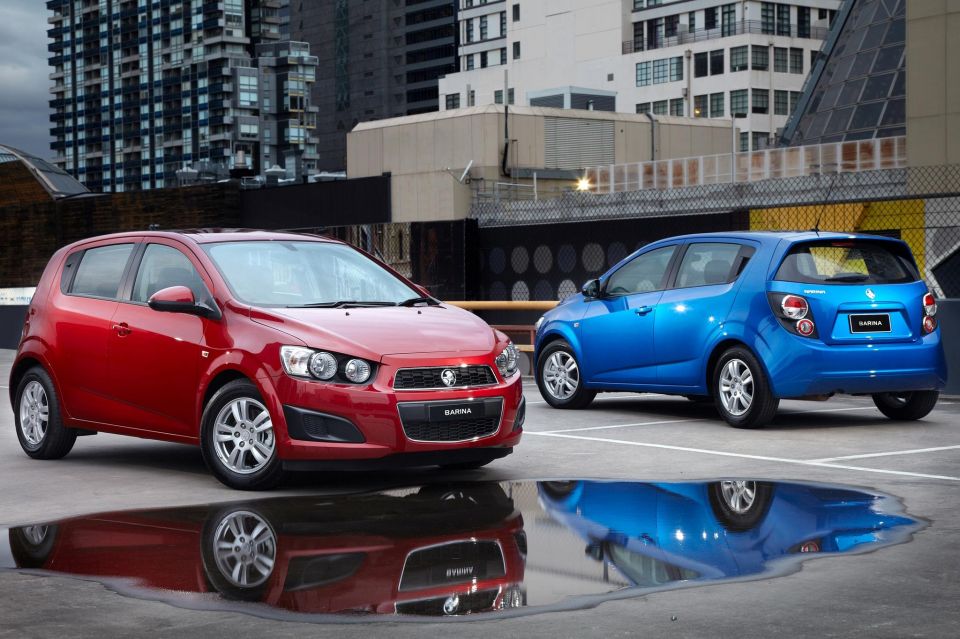
There are many traps for young players.
If you’re buying from a dealership, always remember selling cars is their job. You’re a first timer and they do it all day, every day. So if something looks or sounds too good to be true, walk away.
If you’re buying secondhand, question everything. Check everything, from the original build date to the last service details.
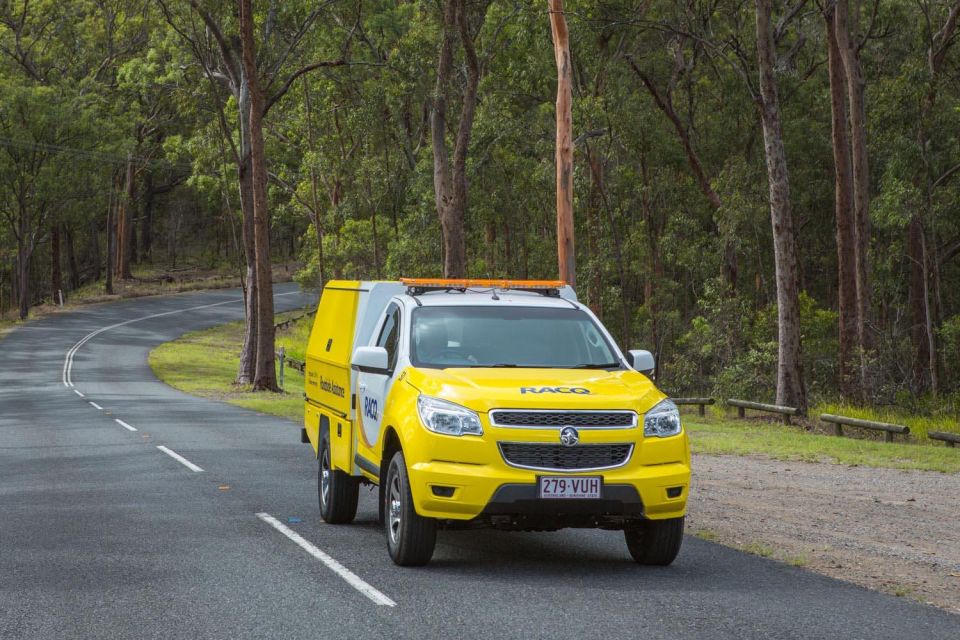
If a car doesn’t have a full, documented service history, walk away.
If you’re not confident yourself, there are helpers. A friend who is a mechanic, a relative who loves cars.
The best friends, though, are your local motoring organisation – NRMA, RACV, RACQ. They each provide a ‘pre-purchase inspection’ service, where they work through a giant checklist to rate the car. It will highlight each and every fault, assessed by an expert, and give you a genuine understanding of what can – or will – go wrong.
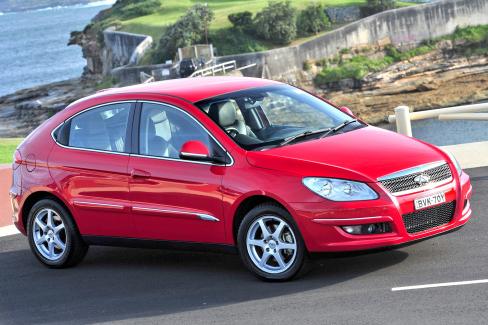
There is one final approach to first-car buying which is definitely not for everyone. It’s the clunker-junker solution.
Put simply, you set a super-low budget, eliminate any emotion, and buy rubbish cars.
Most cars, even the worst, will have around six months of life before they expire. When they are dead, they will still be worth $100 or more as scrap.
So go shopping with $1000, or as much as $3000, and see what you can get and how long it lasts.
It’s been a popular tactic for cash-strapped university students for decades and there are some surprising success stories.
Even if it goes wrong the hit on your pocket will be relatively small, and there are always plenty of junkers looking for a friend.
Paul Gover is one of the most experienced and respected motoring journalists in Australia. After more than 40 years on the automotive beat there is nothing he has not done, yet he still brings the enthusiasm of a rookie. He has worked in print, digital, radio, television and for every major publisher in the country. He is also a national motor racing champion and once co-drove with Peter Brock at Bathurst.


Damion Smy
2 Hours Ago


CarExpert.com.au
3 Hours Ago


Ben Zachariah
5 Hours Ago


Max Davies
6 Hours Ago


Derek Fung
6 Hours Ago


Derek Fung
7 Hours Ago